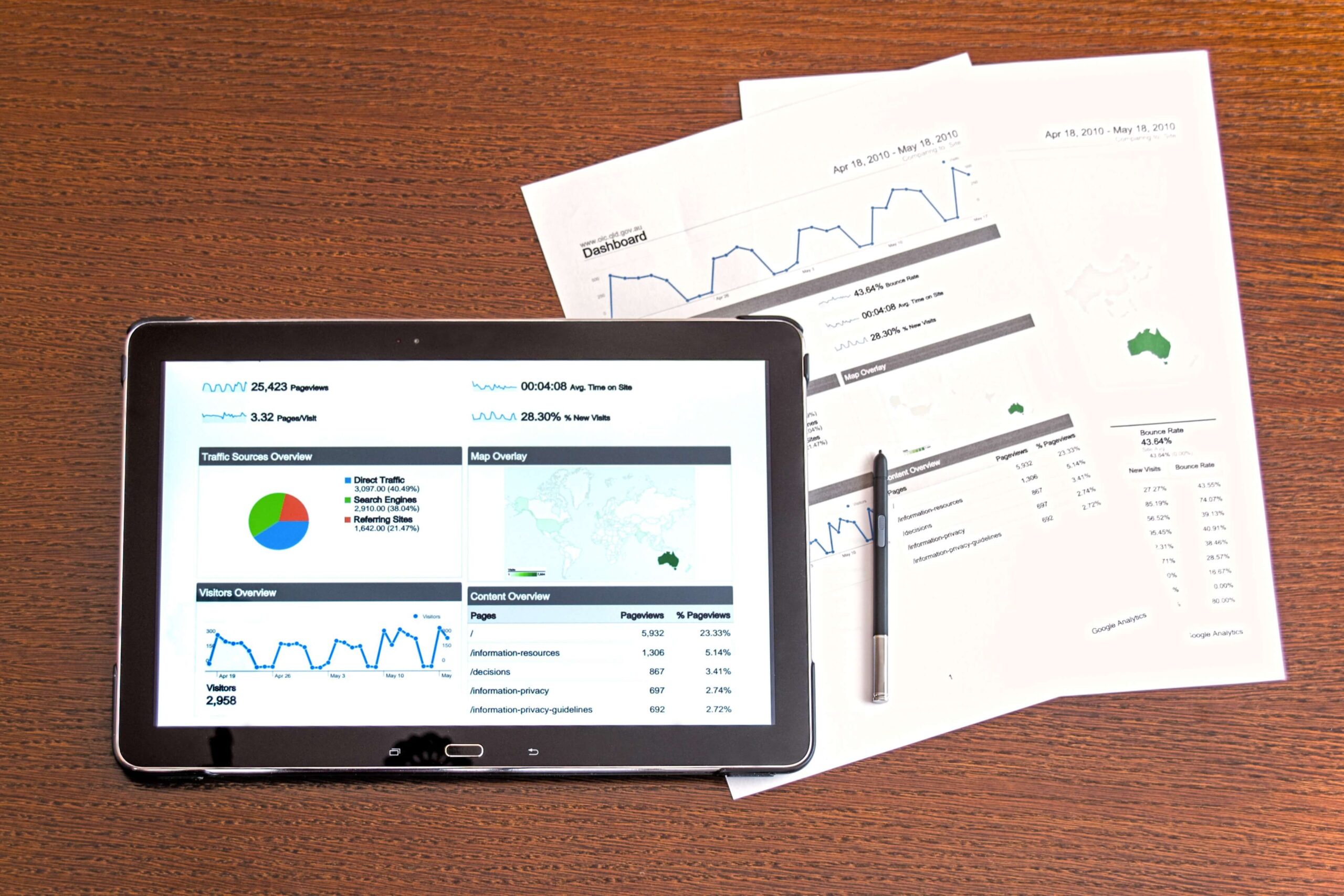In the world of construction, where buildings and infrastructure take shape, the procurement department stands as one of the core pillars. It is the department that manages the entire procurement journey, ensuring that the necessary materials and services are efficiently and effectively supplied for each project. Let’s explore some key aspects of the procurement department:

1. Planning and Analysis:
Before any project begins, materials and equipment must be identified. The procurement department collaborates with engineering and management teams to accurately determine the specifications. This stage sets the direction for the procurement process.
2. Supplier Selection and Negotiation:
Suppliers are carefully chosen based on quality, price, and reliability. Negotiations take place at this stage to secure the best terms and prices for the company.
3. Contract and Purchase Management:
After negotiations, contracts are signed with suppliers. These contracts specify quantities, delivery schedules, and payment terms. Transparency and good communication are essential here.
4. Order Execution and Delivery:
Once contracts are signed, orders are placed. The procurement team tracks inventory and coordinates deliveries with suppliers. Picture a steel shipment arriving at the construction site!
5. Goods Inspection and Quality Control:
Upon delivery, materials are inspected for quality and quantity. Any discrepancies require immediate action to ensure project timelines aren’t disrupted.
6. Inventory Management:
Materials must be stored in an organized manner. Inventory management software is used to track stock levels, preventing shortages or overstock.
7. Payments and Invoicing:
After materials are accepted, payments are processed. Quality checks are crucial before releasing any payments to ensure that the company gets what it paid for.
8. Supplier Performance Evaluation:
Evaluating supplier performance is a critical part of procurement. The department assesses each supplier based on specific criteria. Were materials delivered on time? Were specifications met? How responsive was the supplier in solving issues? This evaluation helps identify key suppliers and strengthen relationships.
9. Sustainability and Social Responsibility:
Procurement plays a vital role in promoting sustainability within the company. The department works with suppliers to identify eco-friendly materials. This may involve using recycled materials or partnering with suppliers that adhere to sustainability standards.
10. Innovation and Modernization:
The procurement department must stay updated on advancements in materials and technologies. They can explore new materials or innovative construction techniques. Imagine introducing more efficient materials or faster construction methods!
11. Continuous Improvement:
Procurement is a dynamic department that is committed to continuous improvement. This can be achieved through refining internal processes or upgrading the tools and software used in procurement management. The goal is to maximize efficiency and quality.
Challenges and Considerations:
1. High Risks:
Procurement is exposed to several risks, such as price fluctuations and market instability.
Solutions: Develop strategies to manage these risks, such as supplier diversification and contingency planning.
2. Communication and Collaboration:
Coordinating between procurement and other departments can be challenging.
Solutions: Foster effective communication and collaboration between departments.
3. Transparency and Accountability:
The procurement process must be transparent and well-documented.
Solutions: Implement procurement management systems to document every step.
4. Compliance and Regulation:
Ensuring compliance with laws and regulations is a constant challenge.
Solutions: Apply best practices and provide ongoing training for the procurement team.
5. Technology and Upgrades:
Keeping up with technological advancements can be demanding.
Solutions: Utilize advanced procurement management systems and regularly update team skills.
Importance of Procurement Department:
1. Cost Savings and Best Prices:
The procurement department strives to achieve continuous cost savings.
Through negotiations and leveraging incentives and discounts, the department ensures the company gets the best value for its investment.
2. Diversifying Supply and Securing Supply Chains:
Procurement should offer multiple sourcing options by engaging several suppliers for goods and services.
Relying on multiple suppliers reduces the risk of supply disruptions and ensures operational sustainability.
3. Ensuring High-Quality Work Standards:
The procurement department is responsible for sourcing materials and equipment that meet high work standards.
It avoids working with suppliers with poor reputations or delivering substandard materials.
4. Strengthening Supplier Relationships:
Procurement works to build strong relationships with suppliers.
Good relationships lead to better service and improved offers from suppliers.
Conclusion:
The procurement department is not just about buying materials; it is the mastermind that secures everything necessary for the company’s success. With a strong procurement process, companies can ensure operational efficiency, cost control, and project success.




